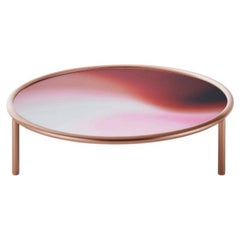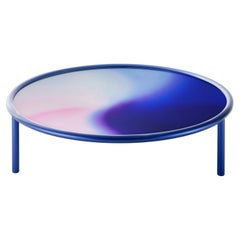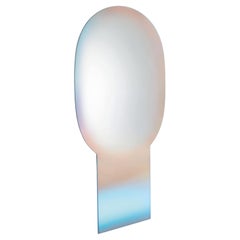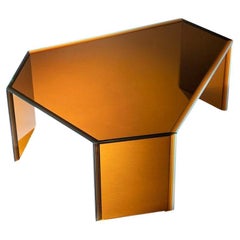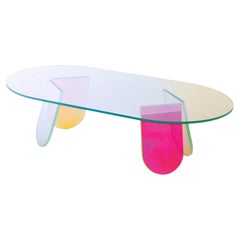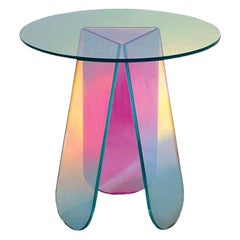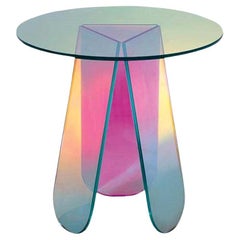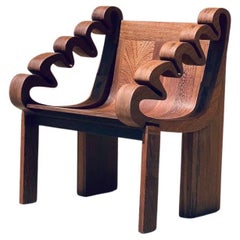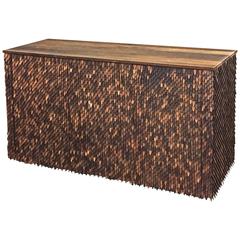Peter Mabeo
21st Century and Contemporary Italian Modern Tables
Glass
21st Century and Contemporary Italian Modern Tables
Glass
21st Century and Contemporary Italian Modern Console Tables
Glass
21st Century and Contemporary Italian Modern Floor Mirrors and Full-Leng...
Glass
21st Century and Contemporary Italian Modern Coffee and Cocktail Tables
Glass
21st Century and Contemporary Italian Modern Wall Mirrors
Glass, Mirror
21st Century and Contemporary Italian Modern Wall Mirrors
Glass, Mirror
21st Century and Contemporary Italian Modern Tables
Glass
21st Century and Contemporary Italian Modern Tables
Glass
21st Century and Contemporary Italian Modern Tables
Glass
Recent Sales
2010s Botswanan Brutalist Lounge Chairs
Wood
2010s Botswanan Sideboards
Early 2000s Botswanan Organic Modern Stools
Wood
2010s Botswanan Post-Modern Chairs
Copper
People Also Browsed
2010s American Modern Table Lamps
Brass, Silver Leaf, Steel
2010s American Modern Wall Lights and Sconces
Brass
2010s South African Minimalist Pedestals
Hardwood
21st Century and Contemporary Swedish Mid-Century Modern Table Lamps
Textile
21st Century and Contemporary Mexican Mid-Century Modern Table Lamps
Wood, Fabric, Linen, Fiberglass
2010s American Mid-Century Modern Wall Lights and Sconces
Brass, Bronze, Enamel, Nickel
21st Century and Contemporary Portuguese Modern Sofas
Velvet, Walnut
2010s Italian Renaissance Wall Mirrors
Glass
21st Century and Contemporary American Bohemian Chandeliers and Pendants
Brass
2010s South African Minimalist Pedestals
Oak, Walnut
Vintage 1970s Italian Mid-Century Modern Console Tables
Metal, Brass
2010s German Mid-Century Modern Chandeliers and Pendants
Brass
21st Century and Contemporary Italian Mid-Century Modern Chandeliers and...
Metal, Brass
2010s Italian Minimalist Tableware
Murano Glass
2010s American Organic Modern Coffee and Cocktail Tables
Hardwood, Walnut
21st Century and Contemporary Indian Mid-Century Modern Side Tables
Wood
Peter Mabeo For Sale on 1stDibs
How Much is a Peter Mabeo?
Patricia Urquiola for sale on 1stDibs
Spanish-born, Milan-based architect Patricia Urquiola doesn’t lack for commissions these days, and, unlike the work of many other high-concept architects, her projects tend to get constructed, envelope-pushing though they sometimes are. And when she’s not imagining covetable creations for contemporary furniture houses — including B&B Italia, Driade and Cassina, where she was named art director in 2015 — Urquiola makes headlines by designing some of the world’s most aesthetically ambitious hotels, such as 2016’s Il Sereno on Lake Como in Lombardy, Italy.
Born in Oviedo, in northern Spain, Urquiola grew up in a family that valued creativity. Everyone in the house, she says, talked and cared about design. She fondly remembers her mother going to London in the 1960s and ’70s and coming back home with a Mary Quant this, a David Hicks that. When it came time to go to university, Urquiola decided that her place was architecture school, first at the Polytechnic University of Madrid and then at the Polytechnic University of Milan, where she completed her design thesis — a felt carpet with a panel that connected to a home’s electricity source and telephone line so that you could plug, say, a table lamp and your phone into it — under the direction of legendary Italian industrial designer Achille Castiglioni.
Today, Urquiola has become a go-to when it comes to avant-garde product, hospitality and retail design, working with such blue-chip international furniture, fashion and hotel companies as Alessi, Baccarat, Salvatore Ferragamo, Kvadrat, Mandarin Oriental, Panerai, Rosenthal, W Hotels and Louis Vuitton, among many others. Her residential projects, meanwhile, though few and far between, stretch from such far-flung locations as Punta del Este, Uruguay, and Melbourne, Australia, to closer-to-home Udine, in northeastern Italy, where she designed the two-story, largely open-plan glass-and-cedar home of Patrizia Moroso, creative director of the family-owned design company that bears her last name.
Over the course of a long-term and highly productive collaboration spanning some 20 years, Urquiola has created dozens and dozens of Moroso-branded products. A chair from her 2001 Fjord line of seating, tables and poufs for the company sits in the collection of New York’s Museum of Modern Art, and Moroso debuted (love me) Tender, her modular sofa system upholstered in jersey, during Milan’s Salone Internazionale del Mobile in April of 2014.
Find Patricia Urquiola furniture on 1stDibs.
